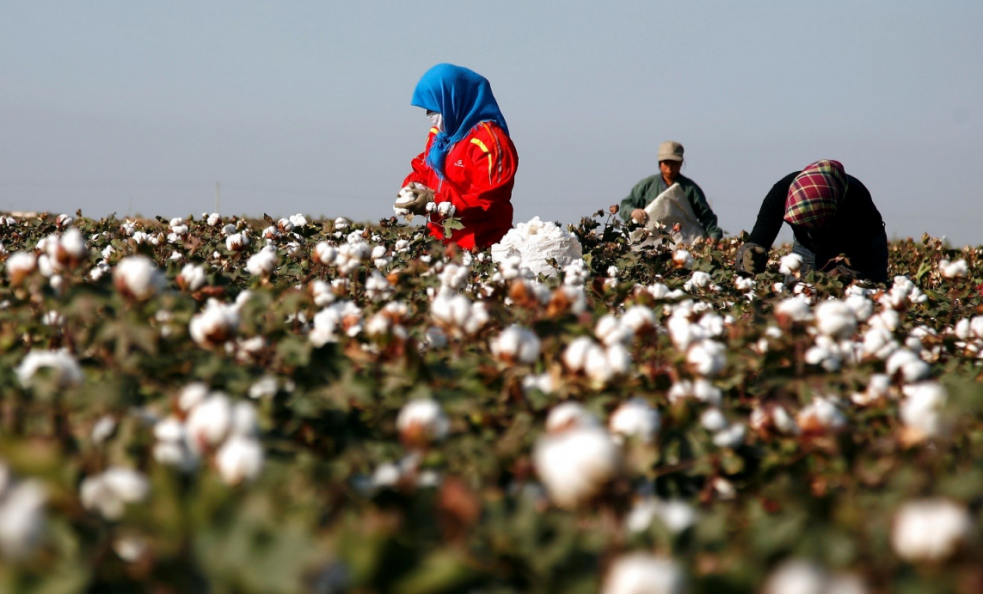Dive Brief:
- New evidence of forced Uighur labor used to pick cotton in China's Xinjiang province suggests that more cotton exported from that region is exposed to slave labor than previously confirmed, according to a report from the Center for Global Policy.
- "In the absence of the ability to conduct meaningful and independent audits of actual working conditions, it must be assumed that any cotton from Xinjiang may involve coercive labor, with the likelihood of coercion being very high," reads the report.
- A Customs and Border Protection withhold and release order issued Dec. 2 still allows for some cotton to be bought from the region. The order covers imports from one of Xinjiang's leading producers, accounts for just one-third of the cotton produced in Xinjiang, and only 0.4% of high-quality cotton, according to the Center for Global Policy report. Hand-picking of cotton by Uighurs is especially prevalent in high-quality cotton in Xinjiang.
Dive Insight:
Experts have warned of the ubiquity of Xinjiang cotton in apparel supply chains, suspected to be roughly 20% of global supply. To date, though, U.S. enforcement has focused on individual sellers and specific regions within Xinjiang.
"We would strongly recommend to the industry that they do significant due diligence around their supply chain to try to tease out — as CBP has done — the specific entities that are related to or used cotton out of Xinjiang," Brenda Smith, executive assistant commissioner of CBP's Office of Trade, said at news conference earlier in December.
Author Adrain Zenz, a senior fellow in China Studies at the Victims of Communism Memorial Foundation and author of the report, wrote cotton yarn from Xinjiang is commonly exported to other Asian countries for use in trim or finished goods. The findings call for a proactive approach to the procurement of cotton from virtually anywhere in the world, but especially Asian countries including Bangladesh, India, Pakistan and Vietnam.
Zenz recommends CBP expand its enforcement actions to all cotton originating in Xinjiang in order to dismiss the notion that some Xinjiang cotton is untainted by the coercive labor practices used in that region.
Individual companies should also be held accountable for the tiers of their supply chains on these issues, according to Zenz. The Center for Global Policy Report widens the breadth of the inducement for procurement officers to gain visibility deep into their supply chains to ensure that Xinjiang cotton is not present. As many as one in five garments produced globally may be exposed to Xinjiang grown cotton, according to an analysis by GlobalData.


